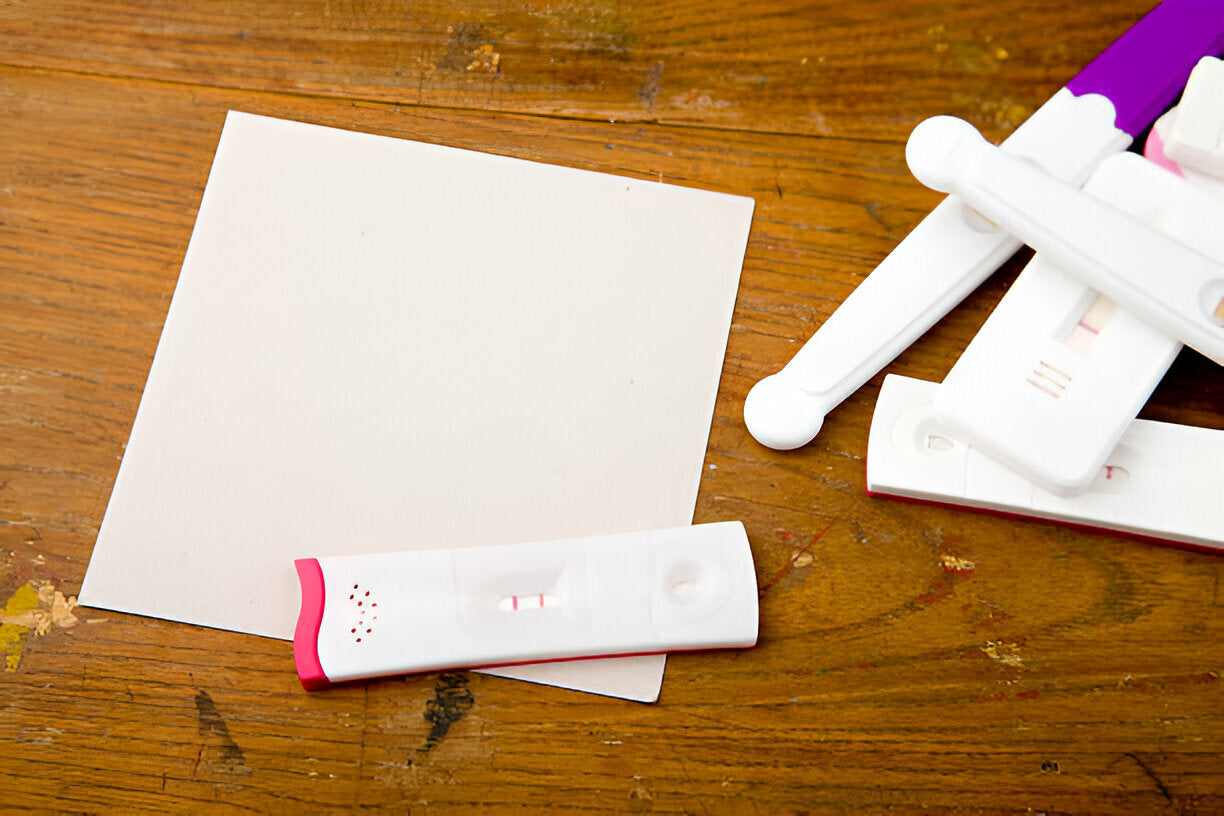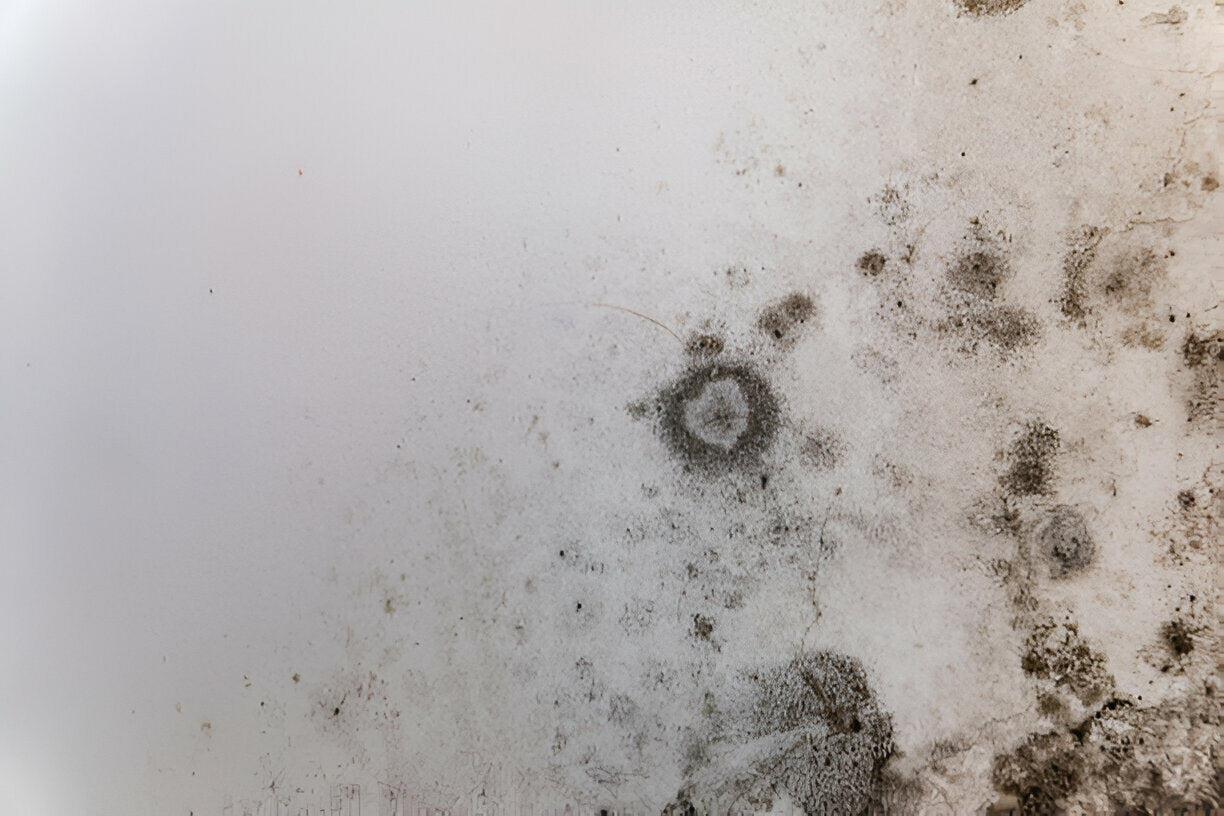Mold is a silent intruder that can cause significant harm to both your living environment and your well-being. While often hidden in damp corners or behind walls, its effects can escalate quickly if left unchecked. Here’s a detailed look at how mold can impact your health and home:
The Health Risks of Mold Exposure
Mold releases spores into the air that, when inhaled, can lead to various health issues, particularly for individuals with preexisting conditions or sensitivities.
- Respiratory Problems: Exposure to mold can cause coughing, wheezing, nasal congestion, and throat irritation. Prolonged exposure may exacerbate asthma or lead to the development of respiratory infections.
- Allergic Reactions: Mold is a common allergen that can trigger symptoms like sneezing, itchy eyes, and skin rashes in sensitive individuals.
- Toxic Reactions: Certain molds, like black mold (Stachybotrys), produce mycotoxins, which can lead to severe health effects such as chronic fatigue, headaches, and neurological symptoms in extreme cases.
- Immune System Effects: Long-term mold exposure can weaken the immune system, making you more susceptible to infections and other health problems.
Vulnerable groups, including children, the elderly, and individuals with compromised immune systems, are at a higher risk of experiencing these effects.
The Impact of Mold on Your Home
Mold not only threatens your health but can also cause structural damage to your home.
- Damage to Building Materials: Mold feeds on organic materials like wood, drywall, and insulation, compromising the integrity of these materials over time. This can result in weakened structures and costly repairs.
- Unpleasant Odors: Mold produces a musty smell that can permeate your home, making it uncomfortable for you and your guests.
- Decreased Property Value: Homes with visible mold or a history of mold problems may lose value, making them harder to sell. Potential buyers often view mold issues as a major red flag.
- Hidden Growth: Mold often grows in unseen areas, such as behind walls, under carpets, or inside HVAC systems, making it harder to detect and address.
How to Address Mold Problems
- Early Detection: Use a reliable mold testing kit like the MycoTest Home DIY Mold Testing Kit to identify mold issues before they worsen.
- Moisture Control: Mold thrives in damp environments. Fix leaks, improve ventilation, and use dehumidifiers to keep your home dry.
- Professional Remediation: For severe infestations, consult professional mold remediation services to ensure thorough cleaning and prevention of future growth.
Conclusion
Mold is more than just an unsightly nuisance; it’s a serious threat to your health and home. By understanding its impacts and taking proactive measures to detect and prevent mold, you can protect your living environment and maintain your family’s well-being. Don’t wait—act now to safeguard your home with tools like the Home DIY Mold Testing Kit and keep mold at bay.






